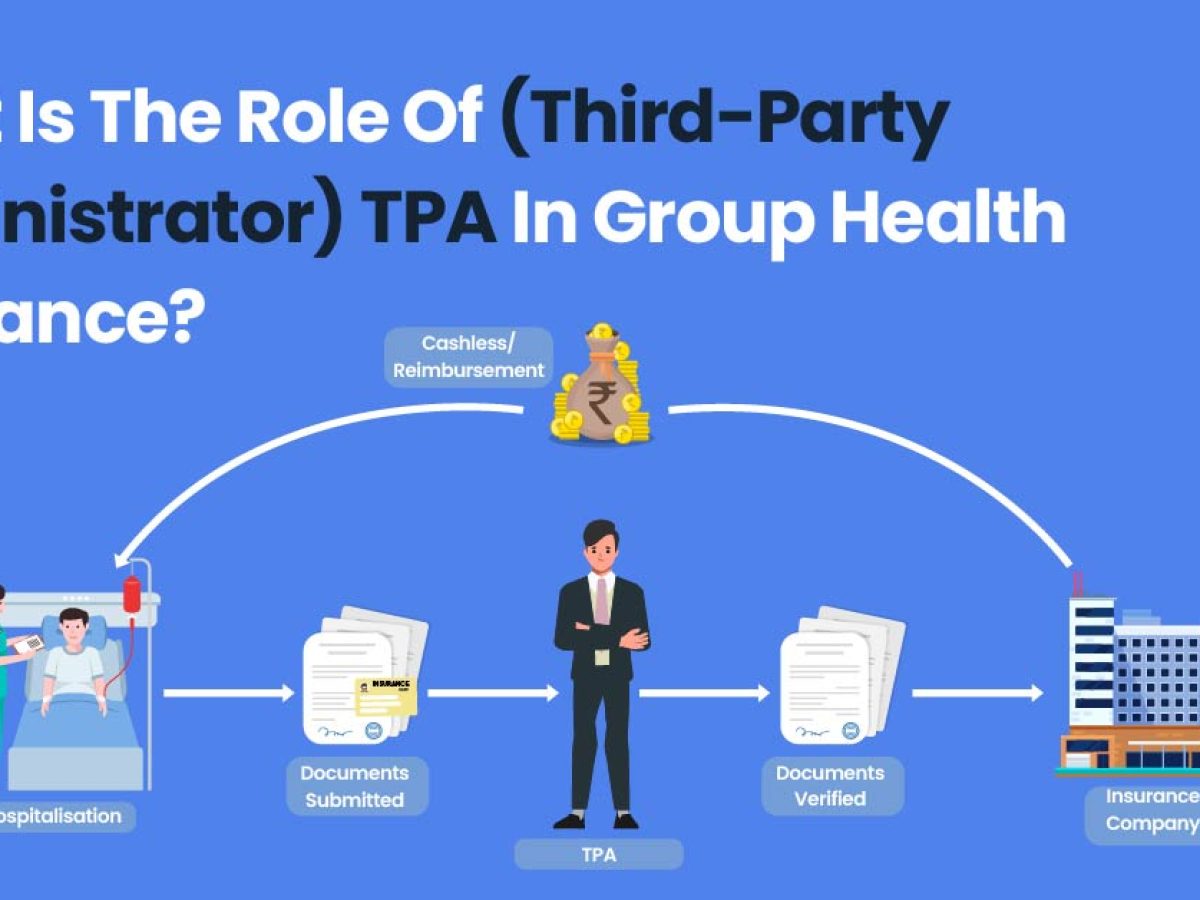Fascination About Pacific Prime
Wiki Article
An Unbiased View of Pacific Prime
Table of ContentsPacific Prime Things To Know Before You Get ThisPacific Prime - The FactsPacific Prime - The FactsA Biased View of Pacific PrimeA Biased View of Pacific Prime

This is because the data were accumulated for a period of strong economic performance. Of the approximated 42 million individuals that were uninsured, just about regarding 420,000 (about 1 percent) were under 65 years old, the age at which most Americans become qualified for Medicare; 32 million were adults in between ages 18 and 65, about 19 percent of all adults in this age group; and 10 million were kids under 18 years of age, concerning 13.9 percent of all children (Mills, 2000).
These estimates of the variety of individuals without insurance are created from the annual March Supplement to the Present Populace Survey (CPS), carried out by the Census Bureau. Unless or else noted, national estimates of people without health insurance coverage and percentages of the populace with various type of coverage are based on the CPS, the most widely used resource of quotes of insurance protection and uninsurance rates.
How Pacific Prime can Save You Time, Stress, and Money.

Still, the CPS is specifically helpful since it produces annual quotes fairly swiftly, reporting the previous year's insurance coverage estimates each September, and because it is the basis for a consistent collection of quotes for more than 20 years, permitting analysis of trends in protection gradually. For these reasons, as well as the considerable usage of the CPS in various other research studies of insurance protection that exist in this record, we depend on CPS price quotes, with restrictions kept in mind.

The price quote of the variety of without insurance people broadens when a populace's insurance policy standing is tracked for several years. Over a three-year duration beginning early in 1993, 72 million people, 29 percent of the U.S. https://penzu.com/p/79996ae8dade0171. population, were without protection for a minimum of one month. Within a solitary year (1994 ), 53 million people experienced at least a month without insurance coverage (Bennefield, 1998a)
6 out of every ten uninsured grownups are themselves utilized. Functioning does boost the likelihood that one and one's household participants will certainly have insurance policy, it is not an assurance. Also members of family members with two permanent breadwinner have virtually a one-in-ten possibility of being uninsured (9.1 percent uninsured price) (Hoffman and Pohl, 2000).
The Main Principles Of Pacific Prime
New immigrants make up a substantial percentage of individuals without medical insurance. One evaluation has actually attributed a significant part of the current growth in the size of the U.S. uninsured population to immigrants who showed up in the country between 1994 and 1998 (Camarota and Edwards, 2000). Recent immigrants (those who involved the United States within the past four years) do have a high price of being without insurance (46 percent), yet they and their kids represent simply 6 percent of those without insurance coverage across the country (Holahan et al., 2001).The partnership in between medical insurance and access to care is well established, as documented later in this chapter. The partnership in between wellness insurance policy and wellness results is neither direct nor simple, an extensive clinical and wellness services study literature links health insurance protection to better accessibility to care, better top quality, and enhanced personal and populace wellness condition.
Degrees of analysis for checking out the impacts of uninsurance. It concentrates particularly on those without any health and wellness insurance for any type of size of time.
All about Pacific Prime
The issues dealt with by the underinsured are in some aspects similar to those faced by the uninsured, although they are typically less serious. global health insurance. Uninsurance and underinsurance, nonetheless, entail clearly various policy concerns, and the approaches for resolving them may vary. Throughout this research study and the 5 reports to adhere to, the primary focus is on individuals without any medical insurance and hence no help in paying for health treatment past what is offered through charity and safeguard organizations
Medical insurance is an effective element affecting invoice of treatment since both read what he said clients and physicians react to the out-of-pocket price of solutions - https://pacific-prime-45752335.hubspotpagebuilder.com/blog/pacific-prime-your-trusted-source-for-comprehensive-insurance-solutions. Medical insurance, nevertheless, is neither required neither adequate to acquire access to clinical solutions. The independent and straight impact of health insurance policy coverage on accessibility to wellness services is well established.
Others will certainly acquire the wellness care they require even without medical insurance, by paying for it expense or seeking it from carriers who provide treatment cost-free or at extremely subsidized prices. For still others, health and wellness insurance alone does not make sure receipt of treatment due to other nonfinancial barriers, such as an absence of healthcare providers in their neighborhood, limited accessibility to transportation, illiteracy, or etymological and cultural differences.
Pacific Prime - Questions
Official research about uninsured populations in the USA dates to the late 1920s and early 1930s when the Committee on the Expense of Treatment produced a series of records regarding financing medical professional office gos to and hospital stays. This issue came to be significant as the numbers of clinically indigent climbed during the Great Anxiety.Report this wiki page